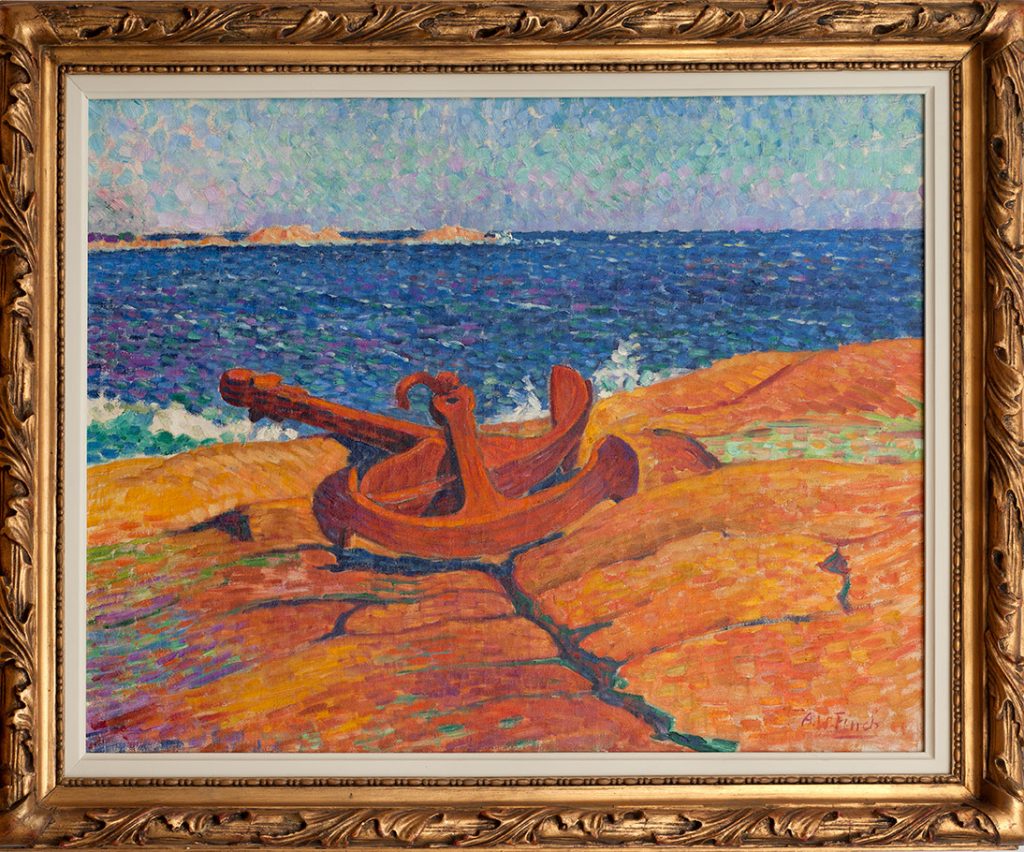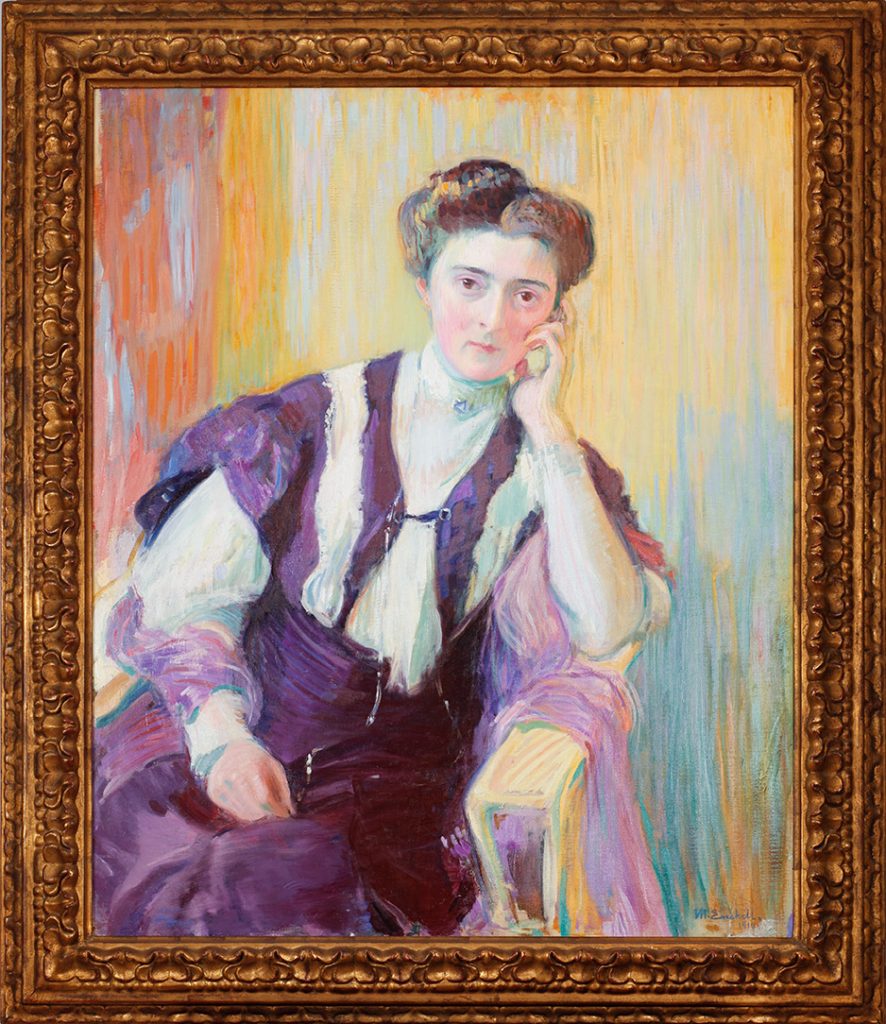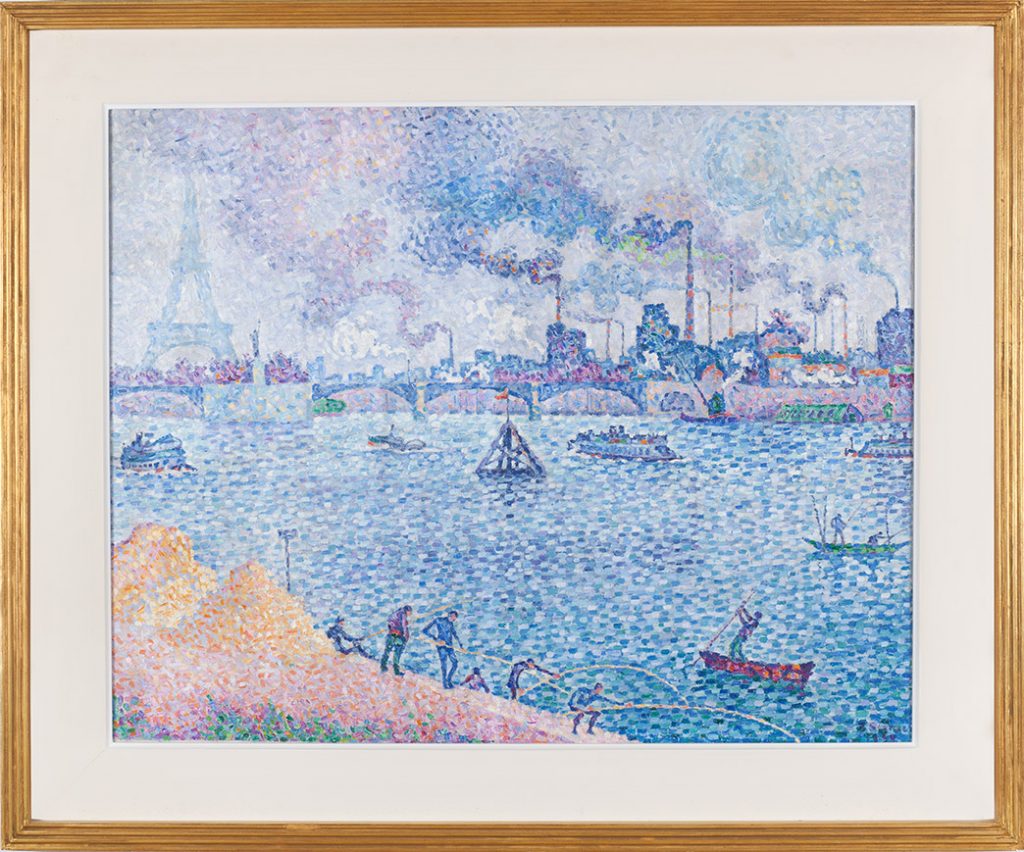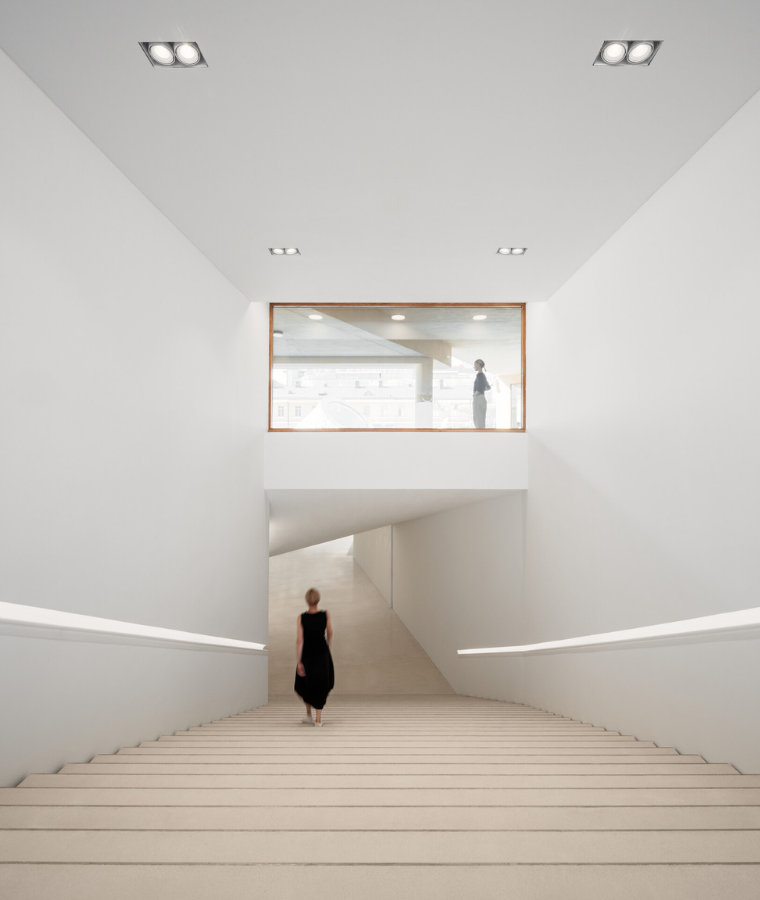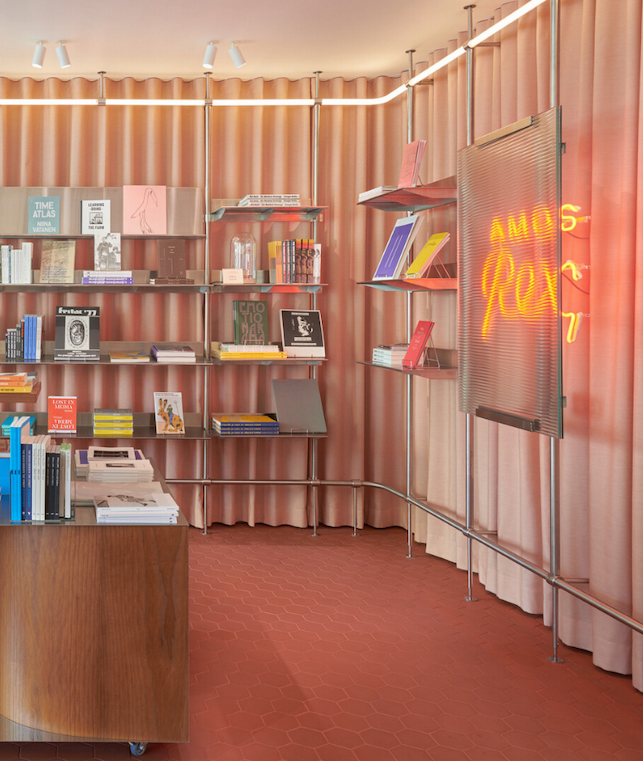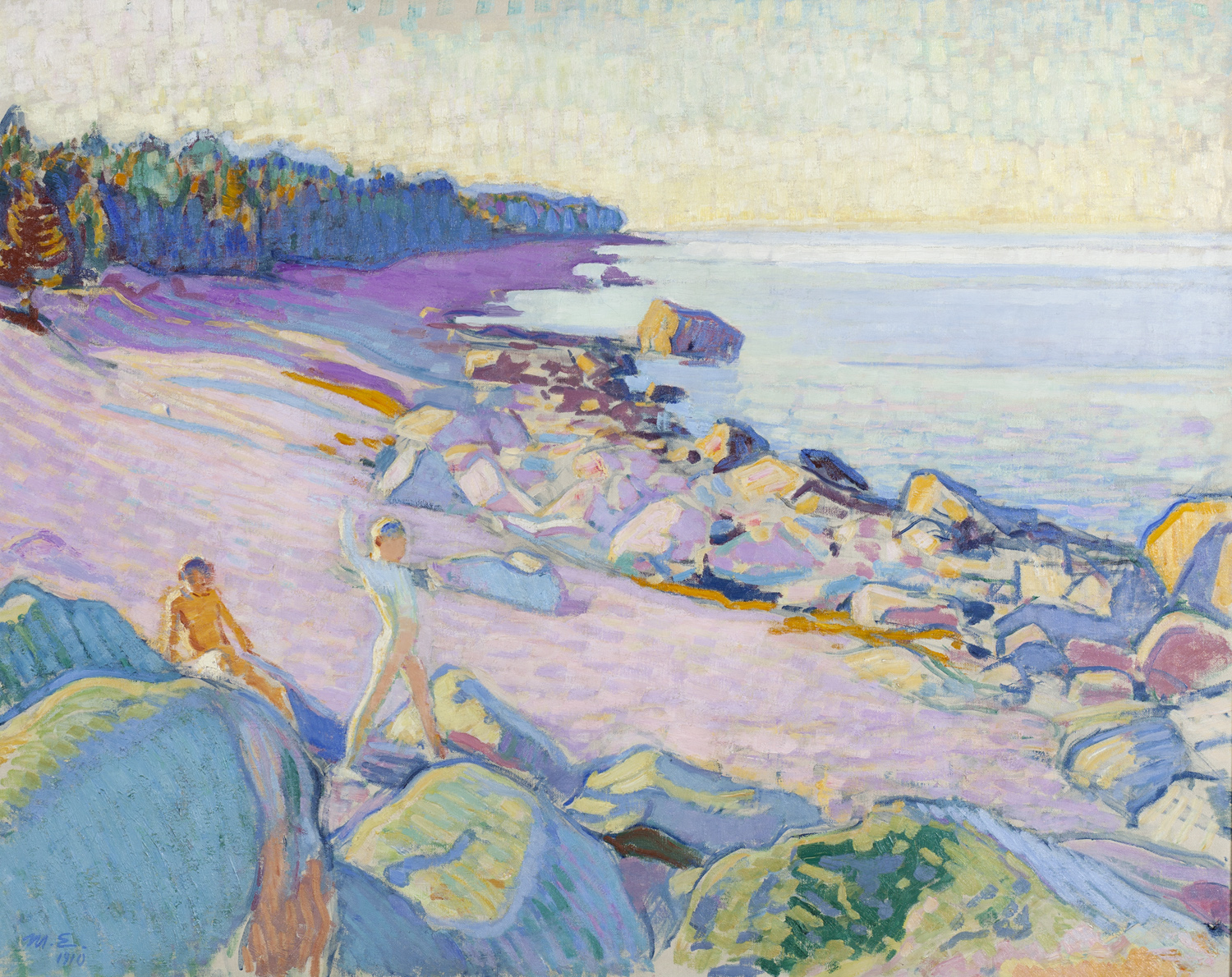
The art collection of architect Sigurd Frosterus (1876–1956), which is permanently held at Amos Rex, is a declaration of love for the vividly coloured post-impressionist art that emerged in Europe at the turn of the 19th and 20th centuries. The collection was one of the first significant private collections of Finnish and foreign modern art in Finland. Most of the works are from 1905–15, when Frosterus was active as an art critic and essayist.
About half of the works in the collection were painted by Magnus Enckell (1870–1925) and the Belgian Alfred William Finch (1854–1930), who moved to Finland in 1897. The Enckell group offers a comprehensive cross-section of the artist’s work from the 1900s. Well-known international artists in the collection include Pierre Bonnard, Paul Signac, Théo van Rysselberghe, Henri-Edmond Cross, Maximilien Luce and Louis Valtat.
The collection is owned by the Sigurd Frosterus Foundation.

Art collector Sigurd Frosterus
Sigurd Frosterus, an architect by profession, represented the rationalist school of architecture. His best-known building design is the Stockmann department store in central Helsinki. Frosterus is known for industrial and commercial buildings as well as residential buildings, some of the most notable of which are located in Helsinki’s Etu-Töölö neighbourhood.
Frosterus was inspired to collect art by the designer and architect Henry van Velde. Frosterus worked in his office in Weimar in 1903-04, on the recommendation of the artist Alfred William Finch. Finch and Enckell also kept Frosterus in direct contact with the latest painting of the time. Young Frosterus gathered his collection quickly and confidently.
The Sigurd Frosterus Hall was created in partnership between Amos Rex and the Sigurd Frosterus Foundation. The foundation’s mission is to manage Frosterus’ art collection and preserve his spiritual legacy. The Frosterus deposition was on display at the Amos Anderson Art Museum on Yrjönkatu from 1994 until 2018, when it moved to Amos Rex. Now there are about 50 works from the collection on permanent display.
